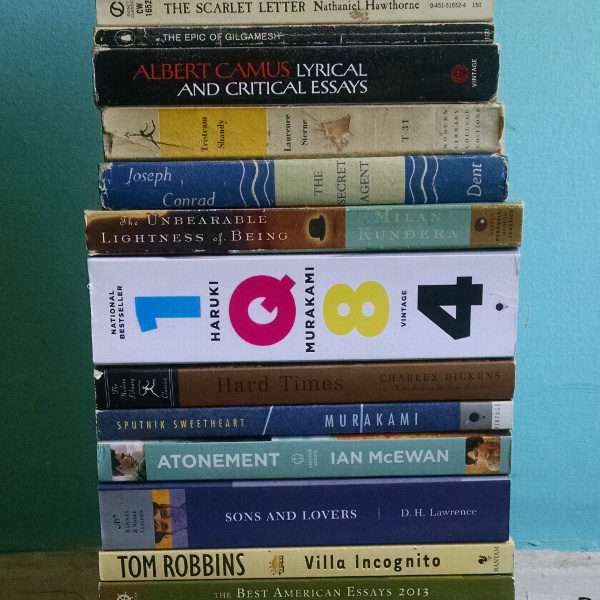An aloof college student falls in love with his best friend, a wannabe writer beatnik—the only catch is that she’s also in love with a businesswoman seventeen years older than her. Sumire’s an outgoing, speaks-her-mind girl in classic Murakami fashion (she reminded me of Midori in Norwegian Wood) who gives life to much of the novel, which Murakami tells in short spurts between section breaks. While a lot of Murakami’s subject matter feels familiar, the story’s compactness keeps it moving, with the ending evoking an uncertain stillness that makes the whole novel seem more whole.
Rating



















